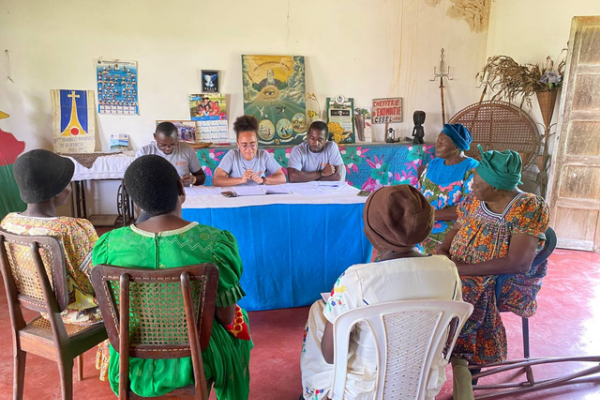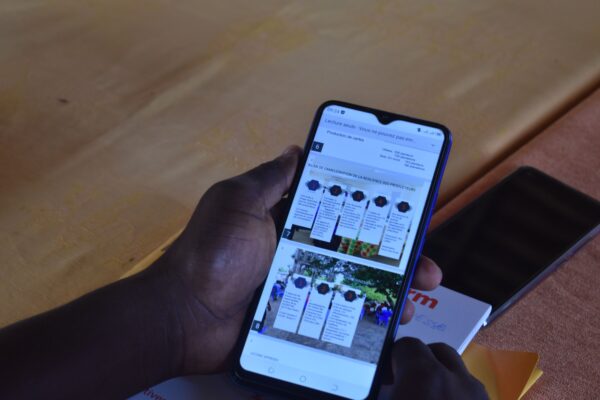TFT Director Hilary Thompson looks at how we cannot rely solely on audits to get a proper understanding of workers' rights; and that the solution lies in going beyond the expectations of an audit
For those of you familiar with Scott Poynton’s book Beyond certification it will come as no surprise that one of his colleagues would consider writing a companion volume called Beyond Auditing. I am that colleague and here is a summary of what the book might one day look like. I have lost count of the number of company policies and CSR/sustainability reports that proudly say, ‘We require our suppliers’ factories to be audited annually.’ Well let’s be clear, audit as a concept is almost as bad as certification. Put the two together and you are really in trouble, Scott and I also agree on that.
Pre-prepared for visit
An audit is not an end in itself. Auditing is merely a snapshot of what was happening at a site on any given day. Given that the vast majority of audits are also pre-announced, the site management are likely to have prepared well for the visit. I have seen the shiniest yellow helmets and the cleanest safety shoes ever. They were most likely issued for that one day and then collected in and stored away, until the next audit performance.
A quick Google search describes ethical audits as a thorough formal examination of the labour practices of a particular workplace or company. It is a verifiable process to understand, measure, report on, and help improve an organisation’s social and environmental performance. So let’s pick that apart.
Thorough?
Auditors cost money. Sometimes a lot of money. Typically, a site audit over many hectares of buildings and 10,000 workers may be allocated two days. Workers interviewed for an audit tend to be a 10% varied segment of the workforce. How can that be will the audit be thorough? Will paperwork be checked? The site fully reviewed? The processes looked at and the workers engaged?
Improvement?
Yes this is often what an audit feels like, it’s about ticks or crosses in boxes, passes or fails, black and white. How does this encourage engagement and how does it ensure improvement? What is this covering? For example, does the auditor understand the product made by the factory they are auditing and its risks?
Mapped and verified?
What about the extended supply chain? Are sub-contractors mapped and visited? The answer is rarely. Is any raw material extraction site ever visited? In reality this occurrence is as common as hen’s teeth. Indeed it is because a yes and no can be checked, but how is this driving improvement? And when we say verified, verified by whom? Is it truly third-party verification?
Understanding?
Auditors rarely understand – they observe and then they judge. They certainly issue long detailed reports which is often all that is required by many companies to tick the ‘all our suppliers have been audited’ box. None of this helps drive improvement – how can it?
Let’s be clear, unless two auditors are sent to a site both the social and environmental issues are unlikely to be well reviewed. They are very different and separate disciplines.
Flawed
So no – I am not a fan of audits. They may suffice to give a baseline picture, but they must be used only as that, and built upon – with the supply chain players – to bring real improvement. They are also rarely successful at raw material extraction sites.
These sites are where opacity and informality of worker practices makes understanding what is going on an ongoing and complex task that needs time and real engagement.
I have heard an auditor ask a small farmer with three workers where his employment policy is – which is patently ridiculous. The site has to be properly understood for what it is and pragmatic, appropriate improvements agreed.
True transformation
True TFT style transformation can only come about via obtaining transparency of entire supply chains – and then driving down to see what is going on there – and then addressing issues that are found in a collaborative and transformational way.
TFT do use a baseline assessment – but then we use this as a jumping off point to engage the sites in a collaborative way, with regular further (non audit) visits.
These visits build trust, and bring the changes needed, as well as giving the impetus to go beyond compliance with regulations or standards. This is where real innovation takes place and more ambitious goals can be set and achieved.
This approach is not easy. It is not black and white, nor as easy to explain as an audit. But ultimately it delivers more profound long lasting change.
Follow Hilary on Twitter at @HilaryThompson1


